The province is nearly midway through its mandate to make Ontario accessible to all.
And while good progress has been made, there’s still plenty of work left to do between now and 2025.
That’s the word heard Tuesday by University of Toronto school of law dean Mayo Moran, who’s been charged with reviewing the province’s accessibility laws.
Pat Seed told Moran it has to start in the schools and work its way outward.
Seed, who is blind, would like communities larger than 10,000 people to have access to an advisory committee, and would like to see better checks and balances put in place to ensure businesses and organizations are following the guidelines.
Eugene LeFrancois said he’s been at the mercy of the system since 1985, when a workplace injury left him unable to return to work.
The Thunder Bay native said too often businesses ignore access-for-all legislation, and it’s even tougher to catch them.
“You never get called out on the carpet until somebody knows you’re a bad employer. Until there’s tracking in place,” he said.
Nancy Patterson, a regional director at the Canadian Hearing Society, said the basics needs of the deaf community are rarely met in today’s society.
The opportunities for engagement are few and far between, she added.
“Too often individuals who are culturally deaf or have hearing loss are expected to bring with them an interpreter or a communication facilitator, when it is the responsibility of the provider of the goods or services to ensure these services as required to ensure clear communication with the consumers,” Patterson said.
Patterson would like to see staff and volunteers trained to meet the ongoing basic needs of the deaf community.
Moran, who is holding similar consultations in Ottawa, Toronto and Sudbury, said she’s been getting plenty of feedback and that the public is enthusiastic for the act and its goals. But she’s also hearing the regulations put in place under the act aren’t always easy to implement or effective.
“It’s a rolling implementation, so it can be hard to know what you’re obliged to do at any particular moment,” Moran said.
“Some of the things that people are telling me is how can we improve that and ensure that everybody knows what they need to do to ensure that.”
The barrier issues she’s hearing about centres around public knowledge of the needs of the disabled and what needs to be done to make improvements.
“It’s a lot of just basic things about getting the word out,” she said.
The first review of the act was completed in 2010 and helped develop standards across the board, including employment, transportation and design of public spaces.
One in seven Ontarians have a disability, a number that’s expected to grow with an aging population.
Go see what else is being said at TB News Watch.
